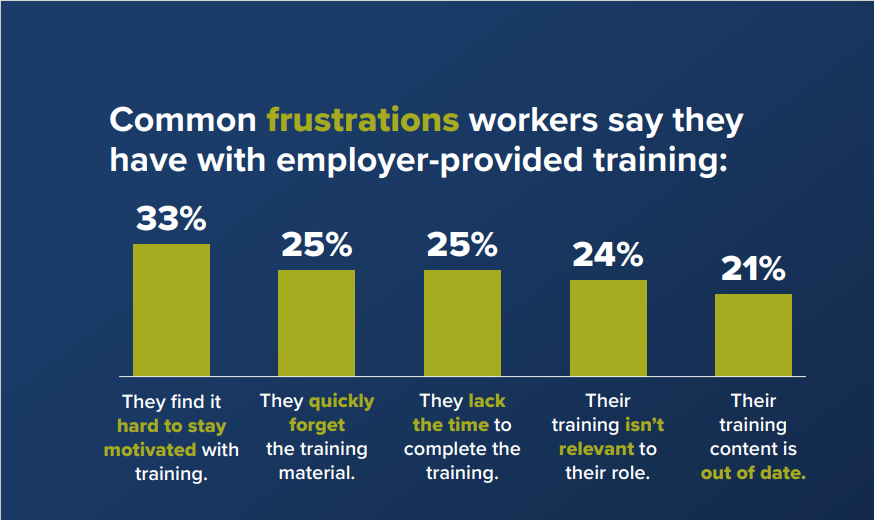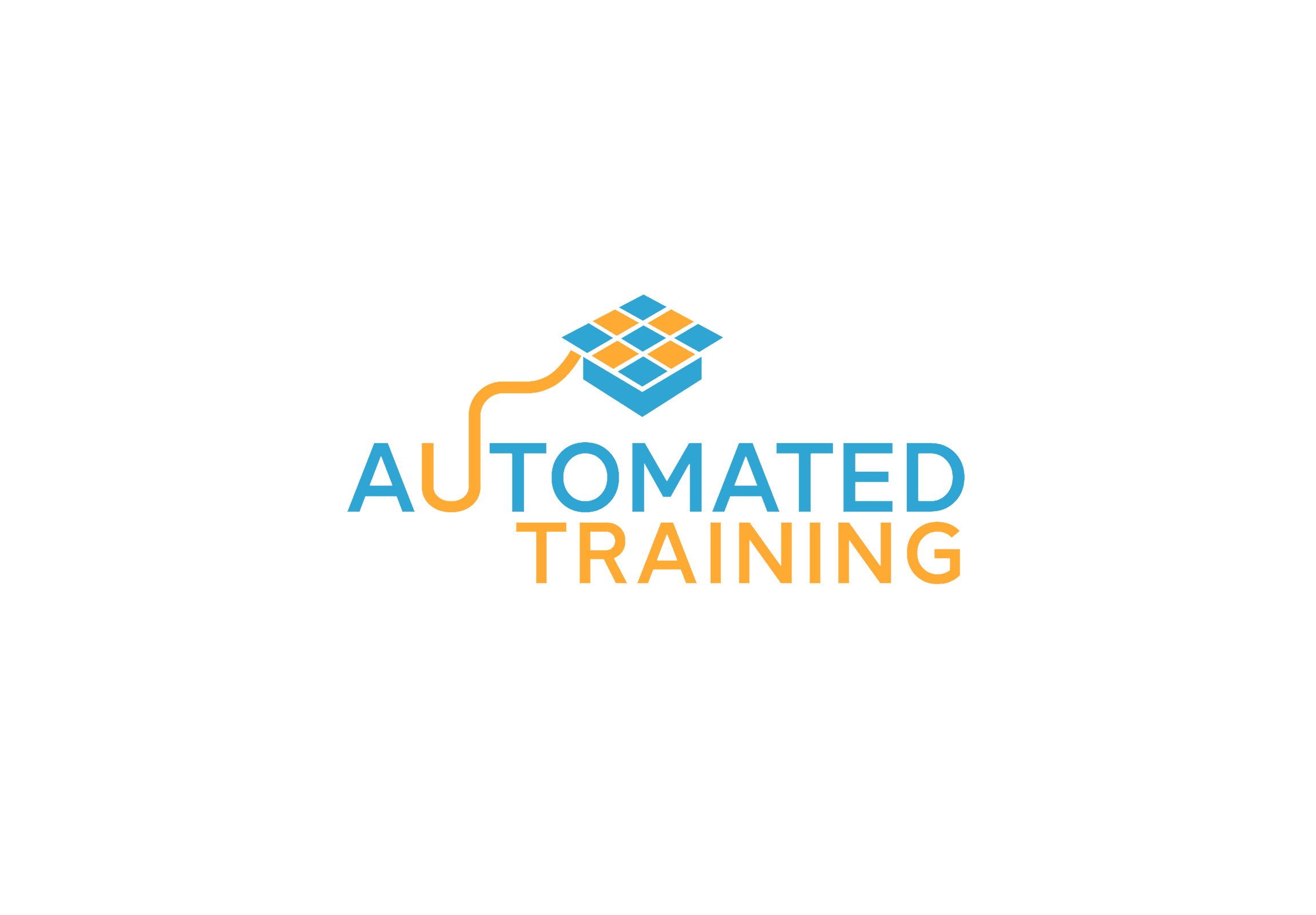When is the trainer most needed during the training?
Tao Te Ching answers: “When the student is ready the teacher will appear. When the student is truly ready … the teacher will disappear”
When are those precise moments in the learning process?
All human beings undergo a four steps learning process. Stanislas Dehaene, French author, and cognitive neuroscientist lists in his book “How we learn” the four pillars of learning. “Because they lie at the foundation of the human learning algorithm present in all our brains”:
1. ”focused attention”
2. ”active engagement”
3. ”error feedback”
4. ”a cycle of daily rehearsal and nightly consolidation”
1. Active vs. passive learning
The first step in building skills that are primarily cognitive is to acquire the information. In order for information to be retained, focused attention is needed.
Is the presence of the trainer mandatory in this first step?
If you are a trainer, you will say yes with all the convincement. But if we want to answer the question objectively then we take a look at science and statistics. The pyramid of learning shows that there are mainly 2 types of learning: passive learning and active learning.

Passive learning happens in the first pillar mentioned by Stanislas Dehaene with “focused attention “. And contains the teaching methods where we acquire information: lecture, reading, audio-visual presentation, and demonstration of principles. It is called passive because the trainee is not actively involved.
Active learning happens in the second and third pillars: “active engagement” and “error feedback”. Those contain the teaching methods where the trainee participates actively. The pyramid of learning enumerates them as follows: group discussions, application, and teaching others.
The type of learning influences retention
As you can see the active teaching method offers a higher retention rate than the passive one. Meaning we memorize and retain more when we are involved and actively learning than when we are passively listening.
The only problem is, we can not skip the first phase. If we don’t acquire the information first, we can not participate in group discussions, because we will continue to listen passively and this is NOT active learning. Also if we don’t acquire the information first, there is no knowledge to apply.
“Knowledge without experience is philosophy, and experience without knowledge is ignorance. The interplay between the two produces wisdom.“(Joe Dispenza)
The bottom line, we cannot apply only the methods for active learning to achieve great retention, we must go through the passive one also. But here we can do something in order to save time and increase retention.
As already noticed, lecture, reading, and audio-visual offer different percentages in retention. If the material to be taught would be exactly the same but the audio-visual format offers the greatest retention, then this would be the place to save time and gain more retention. Efficiency means using from all the available methods the most efficient one.
Where is the trainer’s presence most needed? In passive learning or in active learning?
2. But trainees ask questions…
When would you need the trainer to answer your question? When he presents the material or when you apply it in your projects/tasks and you notice that things are not running according to expectation?
Most of the trainers would say, my trainees, ask so many questions during the lecture, they can not learn without me, because there is nobody there to answer their questions.
Let’s take a look at the types of questions that are asked during a lecture.
You must have taken part at least once in one training. So, you can identify them from the following enumeration.
2.1. Trainees with no knowledge of the topic will ask no questions or very few questions
When you don’t know what you don’t know, what could you possibly ask?
Have you been in a situation not to ask questions at the end of the training just because nobody was asking questions? Because you thought “if everybody understood the topic, there must be something wrong with me”.
I have experienced that after my trainings many colleagues came to me during the break to ask questions. So I ask them, “why didn’t they ask at the end of the presentation?”. Most of the time they said they felt ashamed to ask questions because they thought everybody else understood the topic so it must have been a stupid question.
So here is the proof that trainees don’t know what to ask until they acquire ENOUGH information on the topic to feel confident.
2.2. Trainees with good knowledge of the topic will ask guality questions
The trainees which have already some experience will ask pertinent questions which arise from their existing knowledge and experience. Everything they hear, they filter through their personal experience and where things do not match together they ask questions.
Again the proof that in order to have something smart to ask, you have to acquire the knowledge first or have some experience on that matter.
2.3. In between those two, there are trainees who ask for the sake of asking
They eighter ask a question from the material that will be presented. Or they ask a question due to lack of attention, they lost some parts of the topic and something doesn’t make anymore. But if the material is a digital audio-visual presentation, then the trainee can revisit any time the part where the attention was not at the right level.
There are also some who just like to ask questions, to challenge the trainer.

And what if indeed someone had a meaningful question that was not responded?
Then he has generated a temporary response which he will validate with the trainer in the dedicated session. This is called generative learning.
Generative learning is the learning method based on trying to solve a problem without having the principle explained previously. It is called generative because the learner generates the answer rather than recalling it.
What happens if the generated answer is wrong? Later on, will he remember his wrong answer because he generated it, or the corrected answer coming from the trainer?
According to Robert Rescorla and Allan Wagner “organisms only learn when events violate their expectation”. Meaning, it is more profitable for learning to make a mistake and correct it than to stay passive and only take inputs. The answer is, they will remember the correct answer even though they generated a wrong one.
3. When is a trainer most needed?
In passive learning?
Many employees’ trainings take place in form of lectures/presentations and last for hours even though the attention lasts for 30-40 minutes. Technical trainings take even 2 to 4 full days long. “One-third of employees say it is hard to stay motivated with training at work” (Source: 2022 Workplace Learning & Development Trends – SHRM)
In this way, the companies pay for the trainer’s presence for the passive learning phase. They pay for the lecture and all the examples that fit in those training days. Actually, companies pay for what Stanislas Dehaene calls “focused attention” just that the attention is gone after 30 minutes.
When the time comes for their employees to apply the knowledge in the projects, the “active engagement”, they forgot a great amount of the material according to the forgetting curve and the trainer is not available anymore “one-quarter say after training is complete, they quickly start forgetting the material” (Source: 2022 Workplace Learning & Development Trends – SHRM).
Even more, when the training is bought from another company, the trainer cannot be found in the company and he is long gone. The employee has to figure out for himself where is the problem: in his understanding or in how he is applying it.

(Source: 2022 Workplace Learning & Development Trends – SHRM).
When companies train their employees, the final goal of the training is that the employee can apply the learning material to his job and tasks. Employees are not trained for tests or exams, they are trained for the job. And when you train for the job, there are 2 important things:
1.To make the material available in such a way that the trainee can attend it when he has “focused attention” and as often as needed while working on his tasks.
In the digital world, we live in, where any grandma records her recipe and puts it on YouTube, every lecture and presentation can be recorded and made available digitally so that the trainee can access it as easily as grandma’s recipe.
Or in active learning?
2.To offer dedicated and expert support in the 2.nd and 3.rd pillars of learning: active engagement and error feedback.
Provide the trainer’s presence in these 2 phases of learning and not in the information acquisition. Because “when the student is ready the teacher will appear.” Offer the trainer’s presence in dedicated workshops or one-year coaching. In those coaching sessions, the trainer will support the employees in their projects and problems and not in some invented examples. When the employee has gathered enough experience, he will not need the coaching: “When the student is truly ready … the teacher will disappear”
Employees need guidance in their tasks when problems appear. Employees are not children in the school to have them all sited together and have them read the theory out loud. They can read it by themselves, they need coaching in their specific task, projects, and problems.
With digital training, each phase of learning can be offered separately. In this way, the companies have to flexibility to purchase exactly what they need. Different jobs have different needs: a manager only needs to know the theory and the principles of working but he does not have to put them into practice, because the engineer/the employee will do the work. He should though be able to check if the job was done correctly. So he needs the theory.
The training in digital format can be offered as the first package: the passive learning phase. And the trainer’s personal support and coaching can be offered as a second package: the active learning phase. Through this, all needs are met at the right moment.


